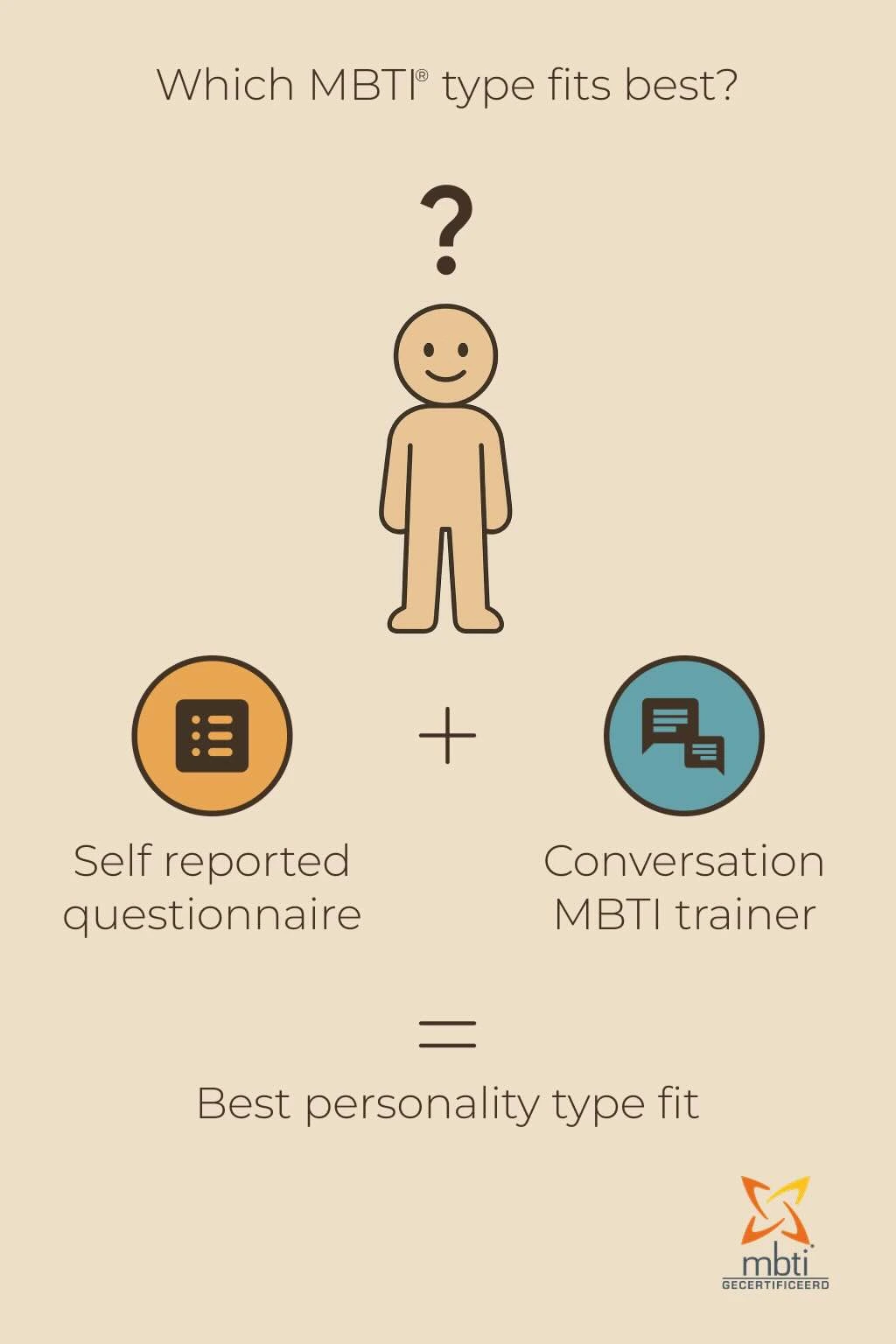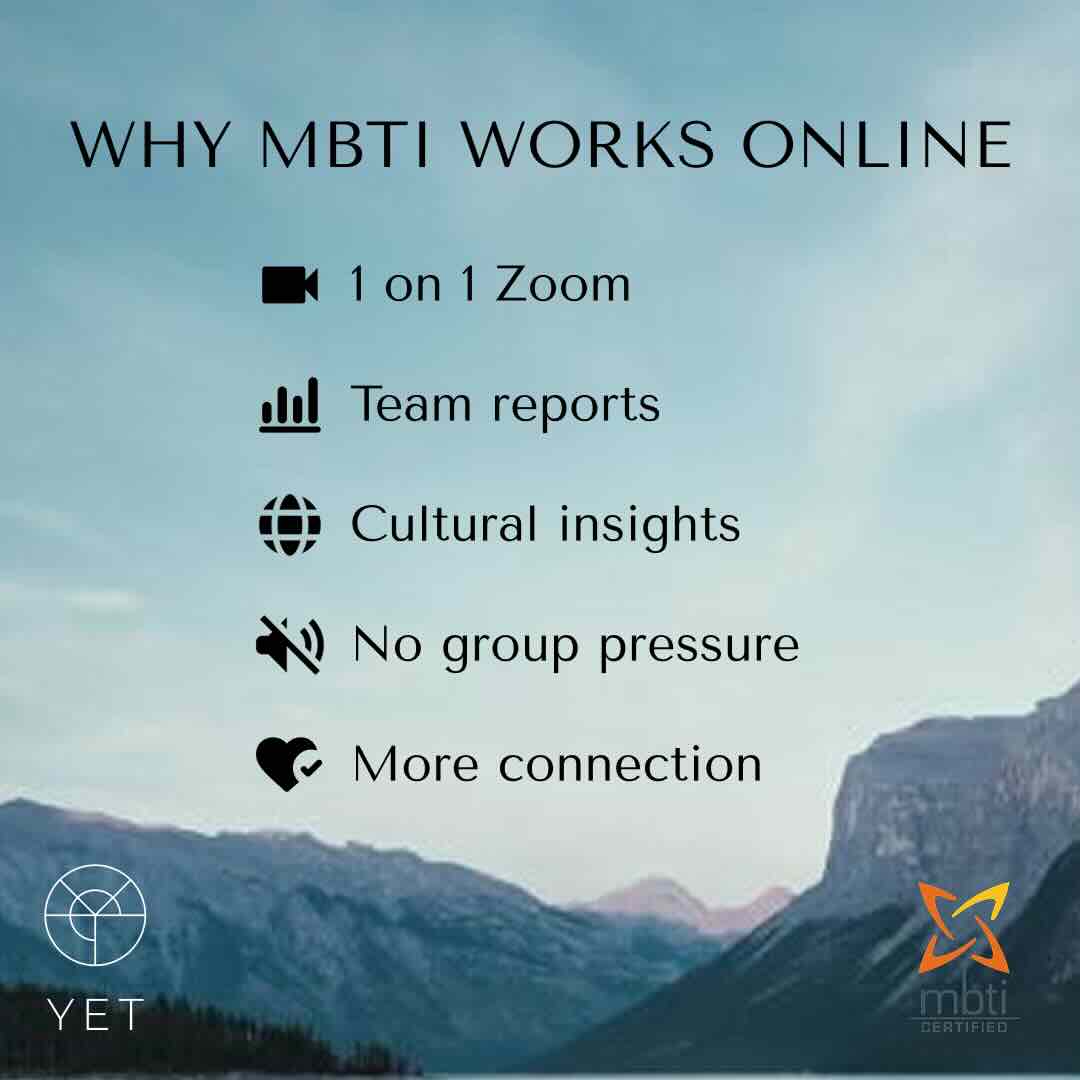In an increasingly connected and collaborative world, the ability to work effectively in teams is more important than ever. However, the challenges that come with team development are much easier to overcome with a deeper understanding of team members’ individual personalities and working styles. This is where the Myers-Briggs Type Indicator (MBTI) comes into play – a tool that not only promotes self-awareness, but also lays the foundation for harmonious and productive team dynamics.
What is the MBTI?
The MBTI is based on Carl Gustav Jung’s theory of psychological types and was further developed by Isabel Briggs Myers and her mother Katharine Cook Briggs. It classifies personalities into 16 different MBTI types based on four dichotomous dimensions: Extraversion vs. Introversion, Intuition vs. Sensing, Thinking vs. Feeling and Judging vs. Perceiving. Each person has a unique combination of these preferences that describes his or her preferred style of thinking and behavior.
The MBTI types in the team context
A team is made up of different individuals, each with their own strengths, weaknesses and ways of working.
If these differences are not properly understood and utilized, misunderstandings and conflicts can arise.
This is where the MBTI offers valuable insights.
By knowing their own MBTI types and those of their colleagues, team members can better understand why certain decisions are made or why someone reacts to challenges in a certain way.
For example, in a team of different MBTI types, the extroverted members might enjoy discussing and sharing ideas in groups, while introverted colleagues might need more time to think and formulate their thoughts in silence.
If both sides understand and respect these differences, they can work together to create a space that is productive for everyone involved.
Promote strengths and compensate for weaknesses
The MBTI enables teams to make targeted use of the strengths of each member.
For example, a ‘thinker’ may be particularly good at making logical decisions, while a ‘feeler’ may be better at assessing the social and emotional impact of a decision.
A team that appreciates these different perspectives can make decisions that are both rationally sound and empathetic.
At the same time, the MBTI helps to identify and compensate for potential weaknesses in the team. A team consisting mainly of “perceivers” (may have difficulty meeting strict deadlines. By consciously adding “judgers”, the team can find a better balance between flexibility and structure.
Promoting cooperation and understanding
Another benefit of using the MBTI in team development is the promotion of collaboration and mutual understanding. When team members understand their own working styles and those of their colleagues, they can communicate more effectively with each other and resolve conflicts in a constructive way. This leads to a more harmonious working environment where everyone has the opportunity to reach their full potential.
Conclusion: The MBTI as the key to successful team development
The MBTI is much more than just a personality tool. In team development, it can serve as the key to unlocking a team’s full potential. By recognizing and leveraging their own strengths and those of their colleagues, team members can create a working environment based on understanding, respect and collaboration. The result is a team that not only works together more effectively, but is also more successful.
Using the MBTI in team development is an investment in the future – an investment in the people who form the backbone of every successful company.



